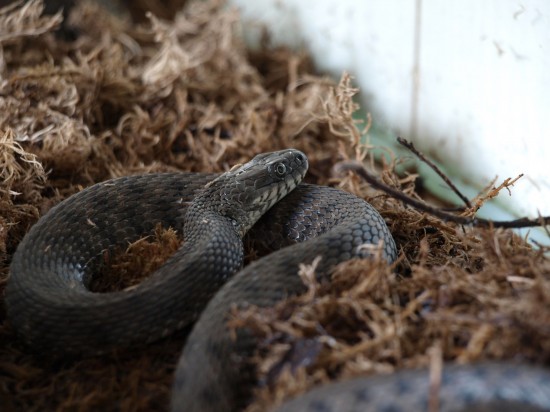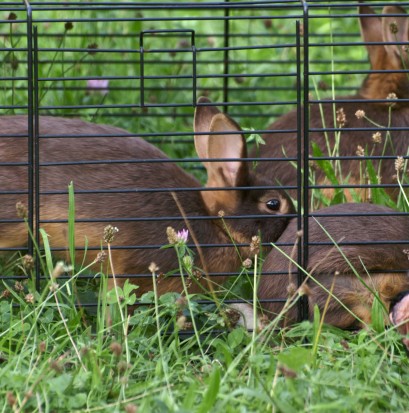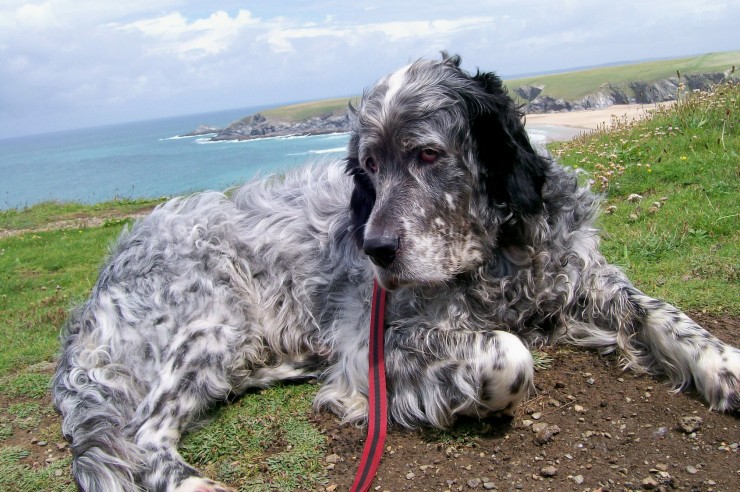
Regardless of what tasks your horse performs, from racing to the casual jaunt around the farm, its joints end up getting a lot of wear and tear. It makes sense since horses are not small or light weight animals, their joints have to hold up a lot of their weight. Without proper care, your horse's joints will wear out overtime or are more prone to experience trauma. When that happens, your horse will likely develop a condition known as degenerative joint disease or DJD in short.
This is a condition that befalls most horse during their lifetime unless the horse is largely let alone to pasture and is never ridden. While a horse certainly is a wonderful mode of conveyance, the horse's body did not develop and evolve with a large amount of weight on top in mind. Bearing this in mind, caring for your horse's joints should be a top priority when thinking about your horse's overall health for the future.
Degenerative joint disease is the name given to the condition that arises and progresses as a horse's joint becomes worn. The membrane within the joint is slowly worn and inflamed to where it no longer produces the fluids found in a joint regularly or in sufficient quantities. The limited amount of fluid causes the cartilage of the joint to thin and possibly even tear which will be painful for your horse. A horse with untreated degenerative joint disease will likely experience lameness.
Your first sign that your horse may be having joint problems is a little bit of puffiness around the joint areas. Unless you are looking for this, you are unlikely to notice it, and a horse that exhibits no other symptoms might still be on the path towards serious joint disability.
More overt and obvious symptoms involve clear pain in the joint areas, and your horse may be very reluctant to do work. A horse at this stage will also have puffiness around the joints. As you take your horse out, you may notice that her gait seems very stiff, but as she warms up, the gait improves noticeably. If you notice that maneuvers that usually would have been easily performed are now very difficult or your horse refuses to do them, this may also be a sign that degenerative joint disease has indeed set in.
If you notice or even suspect that your horse may have developed degenerative joint disease, give your veterinarian a call. The vet will perform a flex test in which the joint or joints are flexed. Afterward you will likely be asked to lead your horse to walk around briefly which will give your vet a chance to get a look at the horse's gait. At this point the vet will tell you what he or she thinks and your horse may require x-rays.
There are several therapies you may use to help treat your horse's joint disease. After working, you may choose to spray down your horse's joints with cold water. This simple act will help reduce the swelling in the area. You might also consider limiting your horse to activities that do not stress the affected joints.
Last but not least, your veterinarian can administer injections, made out of your horse's own blood, that go directly into the joint to help mitigate the pain and inflammation.
Do you know that a horse is able to drink 10 gallons of water every day and utilize more energy lying down? To find out more about equine, and other topics such as horse health and horse care information, visit our site now.
 Is A Giant Schnauzer The Right Choice Of Dog For You?
Is A Giant Schnau
Is A Giant Schnauzer The Right Choice Of Dog For You?
Is A Giant Schnau
 Cleaning Your Pet Snake’s Enclosure
Cleaning Your Pet
Cleaning Your Pet Snake’s Enclosure
Cleaning Your Pet
 Learning More About Sighthounds
Learning More Abo
Learning More About Sighthounds
Learning More Abo
 Getting A Rabbit Run - What To Consider
Getting A Rabbit
Getting A Rabbit Run - What To Consider
Getting A Rabbit
 August In Cornwall With Your Dog - The Perfect Holiday Destination
August In Cornwal
August In Cornwall With Your Dog - The Perfect Holiday Destination
August In Cornwal
Copyright © 2005-2016 Pet Information All Rights Reserved
Contact us: www162date@outlook.com